Home>Garden Essentials>How To Eat Basil Seeds
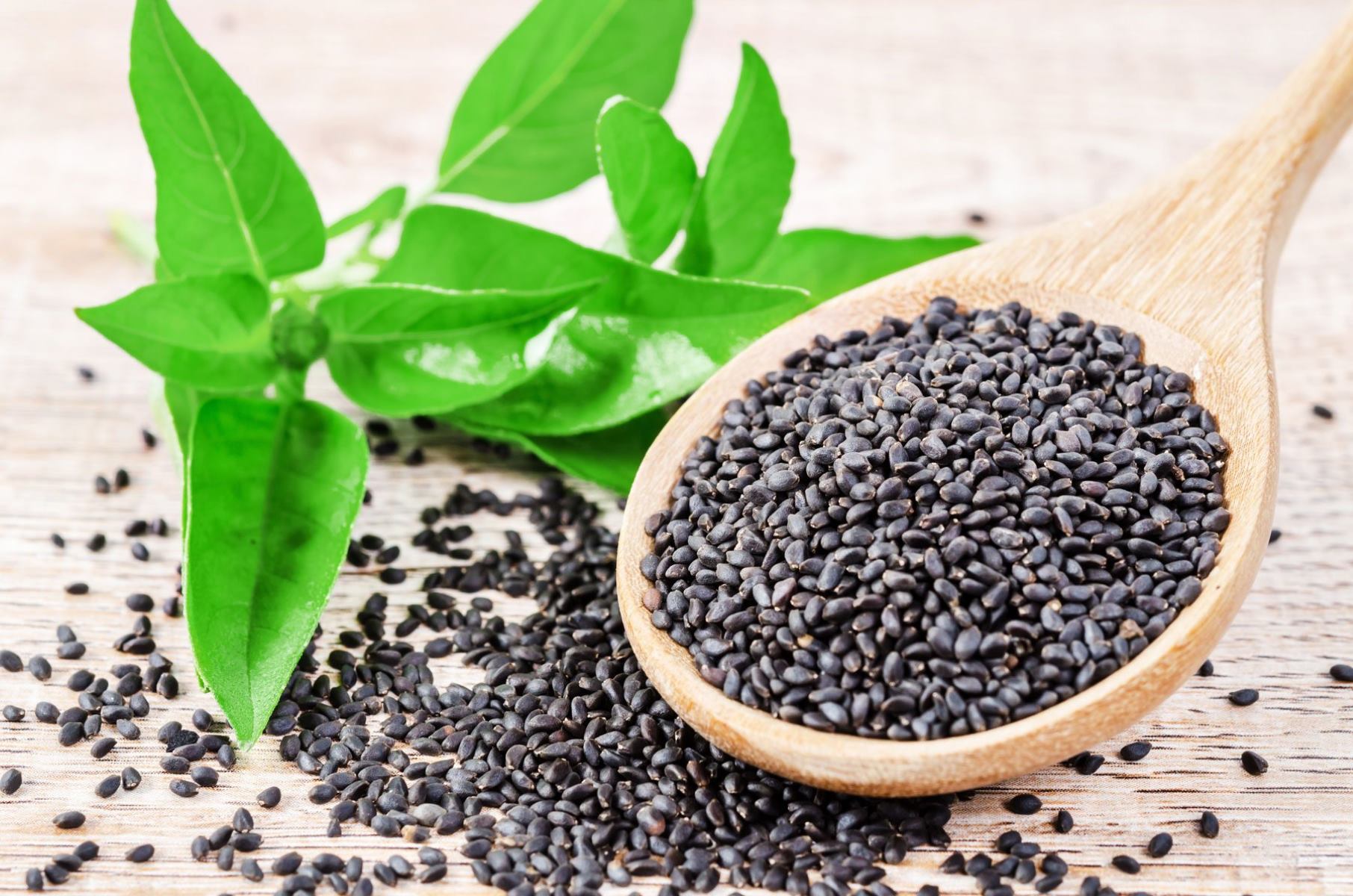

Garden Essentials
How To Eat Basil Seeds
Modified: March 21, 2024
Discover the secrets of growing and consuming basil seeds in your garden with our comprehensive guide on how to eat basil seeds.
(Many of the links in this article redirect to a specific reviewed product. Your purchase of these products through affiliate links helps to generate commission for Storables.com, at no extra cost. Learn more)
Introduction
Welcome to the world of basil seeds! This ancient ingredient has been gaining popularity in recent years due to its numerous health benefits and culinary uses. If you’re curious about how to incorporate basil seeds into your diet, you’ve come to the right place. In this article, we’ll explore the benefits of basil seeds, various methods for preparing them, and safety guidelines to keep in mind.
Basil seeds, also known as Sabja seeds or Tukmaria, are the tiny black seeds harvested from the basil plant (Ocimum basilicum). Although they may look similar to chia seeds, basil seeds come from a different plant and offer their own unique nutritional profile.
So what makes basil seeds so special? Let’s dive into their incredible benefits.
Key Takeaways:
- Basil seeds offer health benefits like aiding digestion, promoting weight loss, and supporting heart health. Soak them to enjoy their gel-like texture in drinks and dishes.
- Remember to soak basil seeds properly, stay hydrated, and be mindful of potential allergies or interactions with medications when incorporating them into your diet. Enjoy their versatility and health benefits!
Read more: How To Get Basil Seeds
Benefits of Basil Seeds
Basil seeds are packed with nutrients, making them a fantastic addition to a healthy diet. Here are some of the key benefits that these tiny seeds offer:
- Good source of fiber: Basil seeds are rich in dietary fiber, which is essential for healthy digestion and preventing constipation. Including them in your diet can aid in maintaining a healthy digestive system.
- Promote weight loss: Due to their high fiber content, basil seeds can help you feel fuller for longer, reducing unnecessary snacking and overeating. This can support weight loss efforts and help you reach your goals.
- Aid in digestion: Basil seeds possess mucilage, a gel-like substance that forms when soaked in water. This mucilage helps soothe the stomach lining and can alleviate digestive issues such as acidity, bloating, and heartburn.
- Provide antioxidants: Basil seeds contain antioxidants that protect the body against damage caused by free radicals. These antioxidants can help reduce the risk of chronic diseases and promote overall health.
- Help regulate blood sugar levels: Basil seeds may help regulate blood sugar levels and improve insulin sensitivity, making them beneficial for individuals with diabetes or those at risk of developing the condition.
- Support heart health: The high fiber and antioxidant content of basil seeds contribute to heart health. They can help lower cholesterol levels, reduce inflammation, and maintain healthy blood pressure.
- Boost immune system: The essential oils present in basil seeds have antimicrobial and antiviral properties, which can help strengthen the immune system and protect against infections.
With their impressive range of health benefits, basil seeds definitely deserve a spot in your pantry. Now, let’s dive into how to prepare basil seeds for consumption.
How to Prepare Basil Seeds for Consumption
Preparing basil seeds for consumption is a simple process that involves soaking them to allow them to swell and develop a gel-like texture. Here’s how to do it:
- Measure the seeds: Start by measuring the desired amount of basil seeds. A common ratio is 1 tablespoon of basil seeds to 1 cup of liquid.
- Wash the seeds: Rinse the basil seeds thoroughly in a colander or sieve to remove any impurities or debris.
- Soak the seeds: Place the washed basil seeds in a bowl and cover them with water. Let them soak for about 10 to 15 minutes.
- Observe the gel formation: As the seeds soak, they will begin to develop a gel-like texture due to the release of mucilage. Stir the seeds occasionally to prevent clumping.
- Strain the soaked seeds: After the soaking time is up, strain the gelatinous basil seeds using a fine mesh sieve to separate them from the excess water.
- Use the soaked seeds: The soaked basil seeds are now ready to be used in a variety of delicious ways!
Now that you know how to prepare basil seeds, let’s explore some popular ways to incorporate them into your diet.
Soaking Basil Seeds
Soaking basil seeds is an essential step in preparing them for consumption. As mentioned earlier, soaking allows the seeds to absorb water and develop a gel-like texture, making them easier to eat and more pleasant in texture. Here are a few tips and tricks to ensure a successful soaking process:
- Water ratio: The general rule of thumb is to use 1 tablespoon of basil seeds for every 1 cup of water. However, you can adjust the ratio depending on your desired consistency.
- Soaking time: Soaking time can vary, but a good starting point is around 10 to 15 minutes. During this time, the seeds will expand and form a gel-like coating around each seed.
- Stirring occasionally: It’s essential to stir the seeds occasionally while they soak to prevent clumping and ensure even absorption. This will help maintain a consistent gel-like texture.
- Choosing the right container: Use a bowl or container large enough to accommodate the seeds and water. Leave enough space for the seeds to expand comfortably.
- Temperature: Soaking basil seeds at room temperature is sufficient. There’s no need for hot water to achieve the desired results.
- Straining the seeds: Once the soaking time is up, strain the soaked basil seeds using a fine mesh sieve to separate them from the excess water. Gently press down on the seeds to remove any excess moisture.
Now that you have successfully soaked your basil seeds, it’s time to explore the various ways you can incorporate them into your favorite drinks and dishes.
When eating basil seeds, soak them in water for 10-15 minutes until they swell up. Then, add them to your favorite drinks or desserts for a healthy and crunchy texture.
Adding Basil Seeds to Drinks
One of the easiest and most popular ways to enjoy basil seeds is by adding them to your favorite drinks. These gelatinous seeds can enhance the texture and provide a unique twist to your beverages. Here are some creative and refreshing ideas:
- Refreshing summer drinks: Stir soaked basil seeds into lemonades, iced teas, or fruit-infused water for a burst of flavor and a fun texture. The seeds not only add visual appeal but also provide a subtle crunch.
- Smoothies and shakes: Blend basil seeds along with your favorite fruits, yogurt, and a liquid of your choice to create a delicious and nutrient-packed smoothie. The seeds will add a delightful texture to every sip.
- Mocktails and cocktails: Elevate your mocktails or cocktails by incorporating basil seeds as a garnish or stirring them directly into the drink. They can add an interesting layer of texture and provide a pop of color.
- Falooda: This popular Indian dessert drink combines rose syrup, milk, vermicelli noodles, and basil seeds. The soaked basil seeds add a delightful chewiness that complements the sweet and aromatic flavors of the dessert.
- Chia seed pudding alternative: If you’re looking to switch up your chia seed pudding routine, try substituting basil seeds instead. Mix them with your favorite plant-based milk, sweetener, and flavorings, then refrigerate overnight for a satisfying and nutritious breakfast treat.
Experiment with different flavors and combinations to find the perfect drink that suits your taste preferences. Remember to adjust the amount of soaked basil seeds according to your desired texture and consistency. Now, let’s move on to explore how you can incorporate basil seeds into your cooking.
Read more: How To Start Basil Seeds
Using Basil Seeds in Cooking
Basil seeds aren’t just limited to drinks; they can also be a wonderful addition to various dishes, giving them a unique texture and flavor. Here are some creative ways to incorporate basil seeds into your cooking:
- Sprinkled on salads: After soaking the basil seeds, sprinkle them over your favorite salads for a delightful crunch. They can add a touch of elegance and uniqueness to your greens.
- Incorporated into dressings and sauces: Blend soaked basil seeds into homemade dressings and sauces for a subtle thickening agent and a hint of texture. They can bring a fresh twist to your favorite vinaigrettes or pesto sauces.
- Baked goods: Add soaked basil seeds to baked goods such as muffins, bread, or cookies for a surprising crunch. They can be used as a flavorful and nutritious alternative to other seeds or nuts.
- In desserts: Sprinkle soaked basil seeds on top of desserts like puddings, custards, or fruit salads. They can provide extra texture and a pop of visual appeal.
- In Indian cuisine: Basil seeds are often used in Indian dishes like falooda, sherbets, or kheer (Indian rice pudding). They contribute to the unique texture and play an essential role in adding authenticity to these traditional desserts.
- In smoothie bowls: Create a visually appealing and nourishing smoothie bowl by adding soaked basil seeds as a topping. They can make your bowls more filling and enjoyable to eat.
The versatility of basil seeds allows you to experiment with different recipes and explore new culinary horizons. Just remember to adjust the quantity of soaked basil seeds based on the desired texture and taste. Now that you’re familiar with how to use basil seeds in cooking, it’s important to be aware of some safety guidelines and potential side effects.
Safety Guidelines and Potential Side Effects
While basil seeds are generally safe for consumption, it’s important to follow these safety guidelines and be aware of potential side effects:
- Allergies: If you have a known allergy to basil or other plants in the Lamiaceae family, such as mint or oregano, it’s best to avoid basil seeds to prevent an allergic reaction.
- Pregnancy and breastfeeding: As there isn’t enough scientific evidence on the safety of basil seeds during pregnancy and breastfeeding, it’s recommended to consult with your healthcare provider before incorporating them into your diet.
- Choking hazard: Since basil seeds absorb water and expand when soaked, it’s crucial to ensure they are fully hydrated and gelatinous before consuming them. Swallowing dry basil seeds can pose a choking risk.
- Hydration: When consuming basil seeds, it’s important to drink enough water or fluid along with them, as they expand and absorb a significant amount of liquid. This helps prevent any digestive discomfort or dehydration.
- Interaction with medications: If you are currently taking any medications or have any underlying health conditions, it’s essential to consult with your healthcare provider before incorporating basil seeds into your diet. They may interact with certain medications or affect certain health conditions.
As with any new food or ingredient, it’s wise to start with small amounts and observe how your body responds. Pay attention to any digestive discomfort or allergic reactions. If you experience any adverse effects, discontinue use and seek medical advice.
It’s always recommended to consult with a healthcare professional or a registered dietitian before making any significant changes to your diet, especially if you have specific health concerns or dietary restrictions.
Now that you’re familiar with the safety guidelines, benefits, and various ways to use basil seeds, it’s time to incorporate this versatile ingredient into your culinary adventures.
Conclusion
Basil seeds, also known as Sabja seeds or Tukmaria, offer a range of health benefits and can be a delightful addition to your diet. Whether you’re looking to boost your fiber intake, support weight loss efforts, aid digestion, or promote heart health, basil seeds have got you covered.
Soaking basil seeds is a crucial step in preparing them for consumption. It allows the seeds to develop a gel-like texture, making them easier to eat and enjoyable in various dishes and drinks. From refreshing summer beverages to baked goods and savory dishes, there are countless ways to incorporate basil seeds into your culinary creations.
While basil seeds are generally safe for most people, it’s important to follow safety guidelines, such as soaking them adequately, staying hydrated, and being aware of any potential allergies or interactions with medications.
Whether you’re a health enthusiast, an adventurous cook, or simply curious about exploring new ingredients, basil seeds offer a versatile and nutritious option to enhance your meals. Just remember to start with small amounts, listen to your body, and consult with a healthcare professional if you have any concerns or specific health conditions.
So why not embark on a culinary journey with basil seeds and discover the plethora of flavors, textures, and health benefits they have to offer? Start experimenting with these tiny, yet mighty, seeds and unlock a whole new world of delicious possibilities.
Enjoy the journey of incorporating basil seeds into your diet and reap the rewards of their numerous health benefits. Your taste buds and body will thank you!
Frequently Asked Questions about How To Eat Basil Seeds
Was this page helpful?
At Storables.com, we guarantee accurate and reliable information. Our content, validated by Expert Board Contributors, is crafted following stringent Editorial Policies. We're committed to providing you with well-researched, expert-backed insights for all your informational needs.
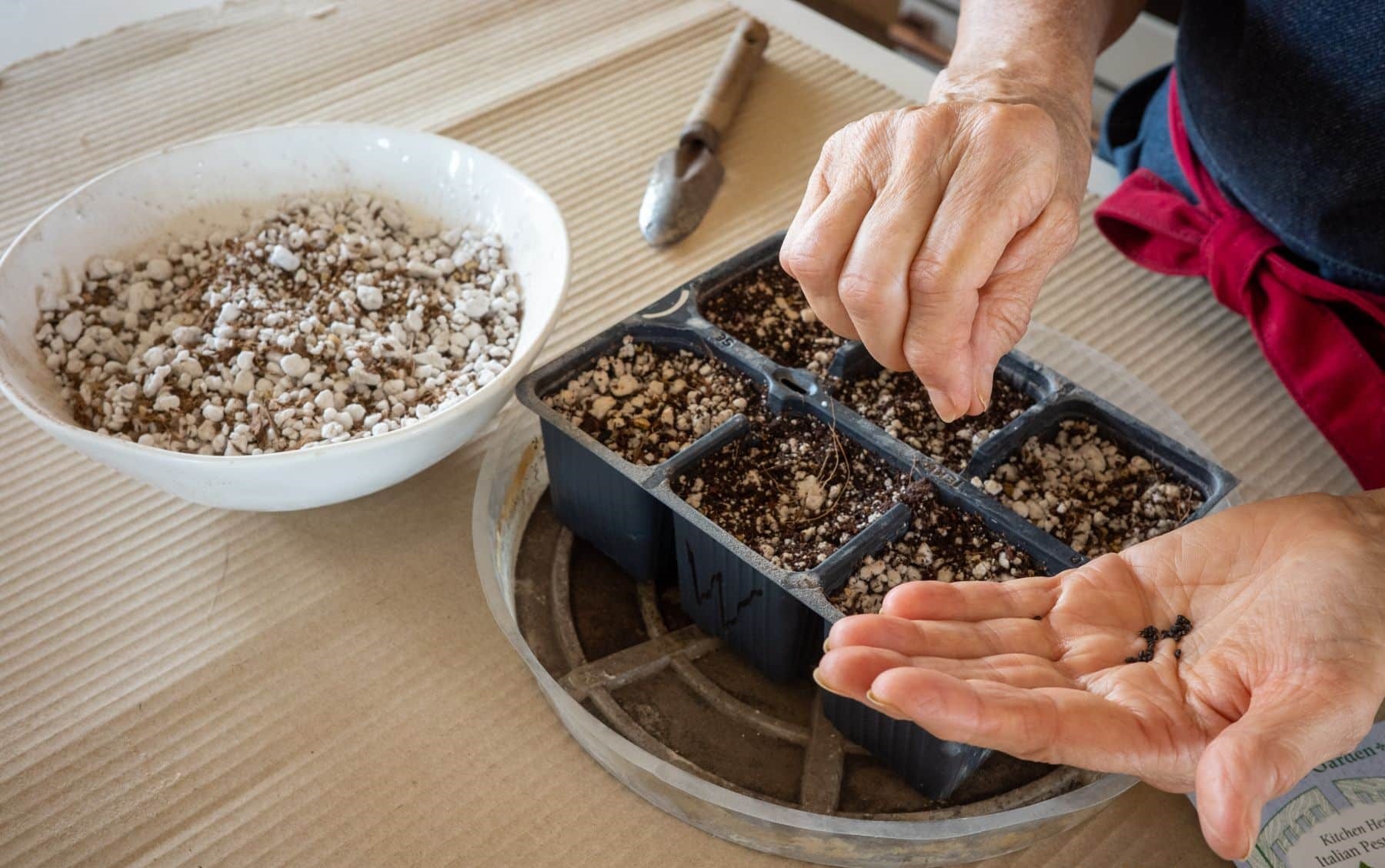
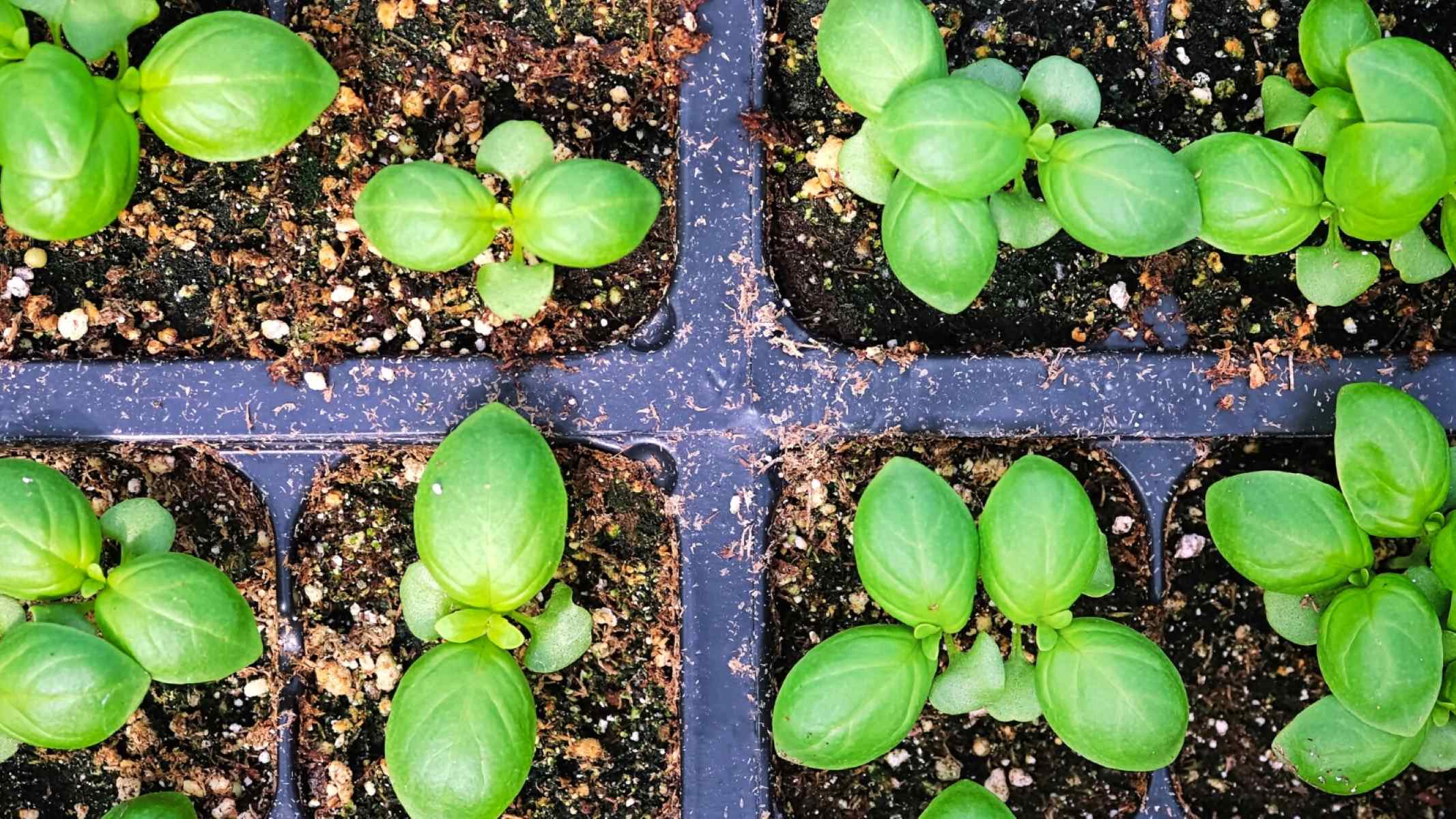
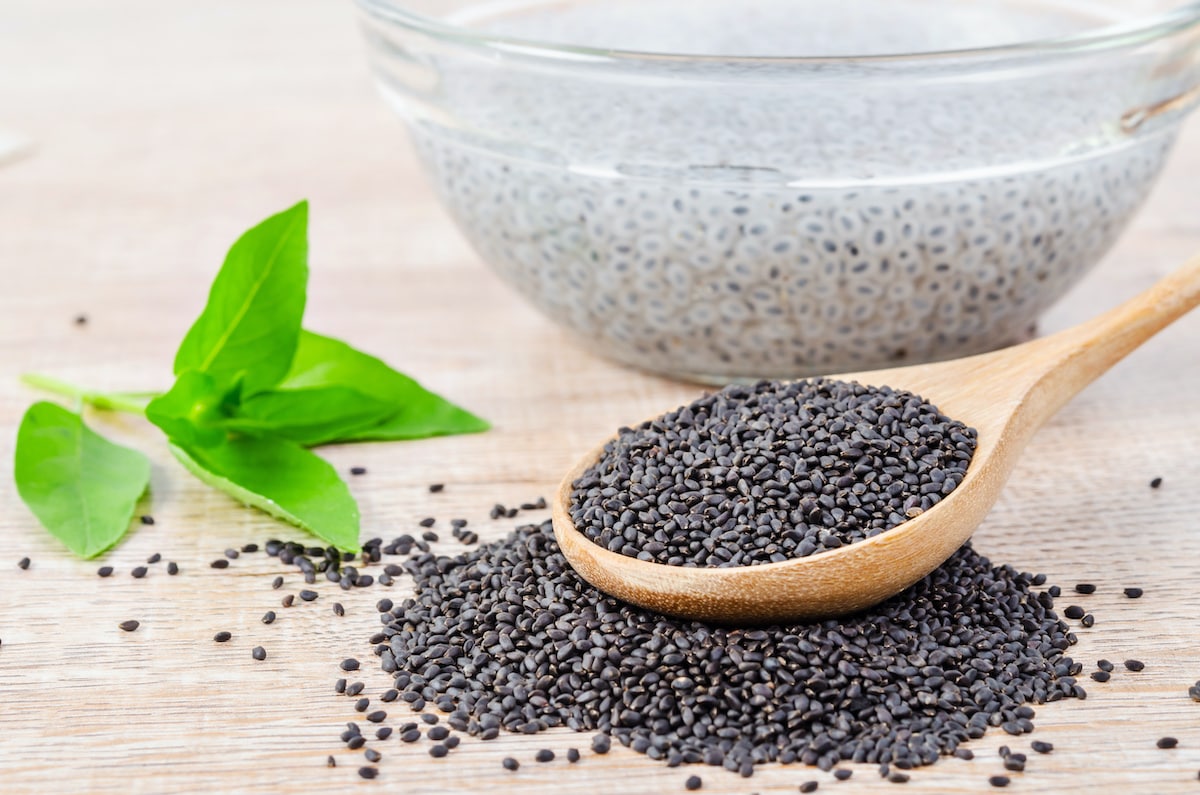
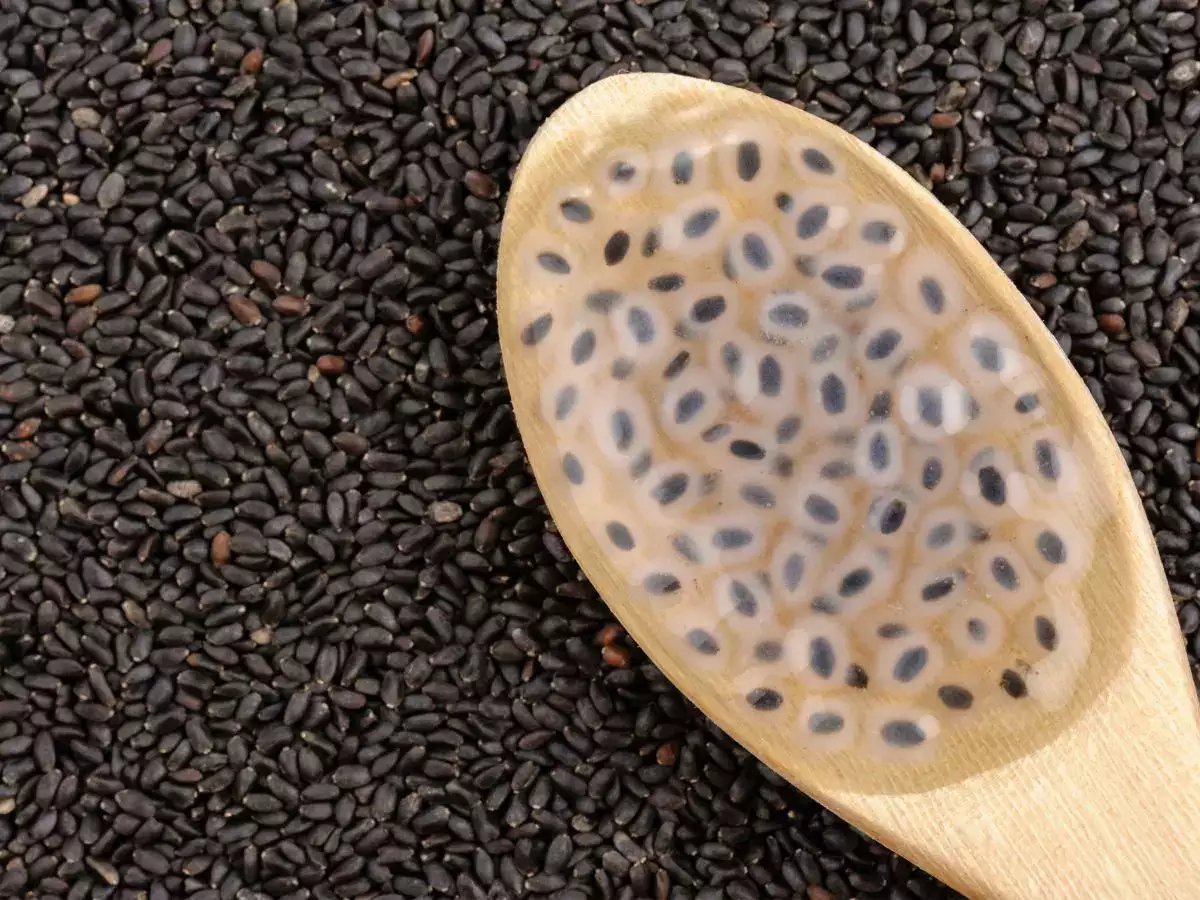
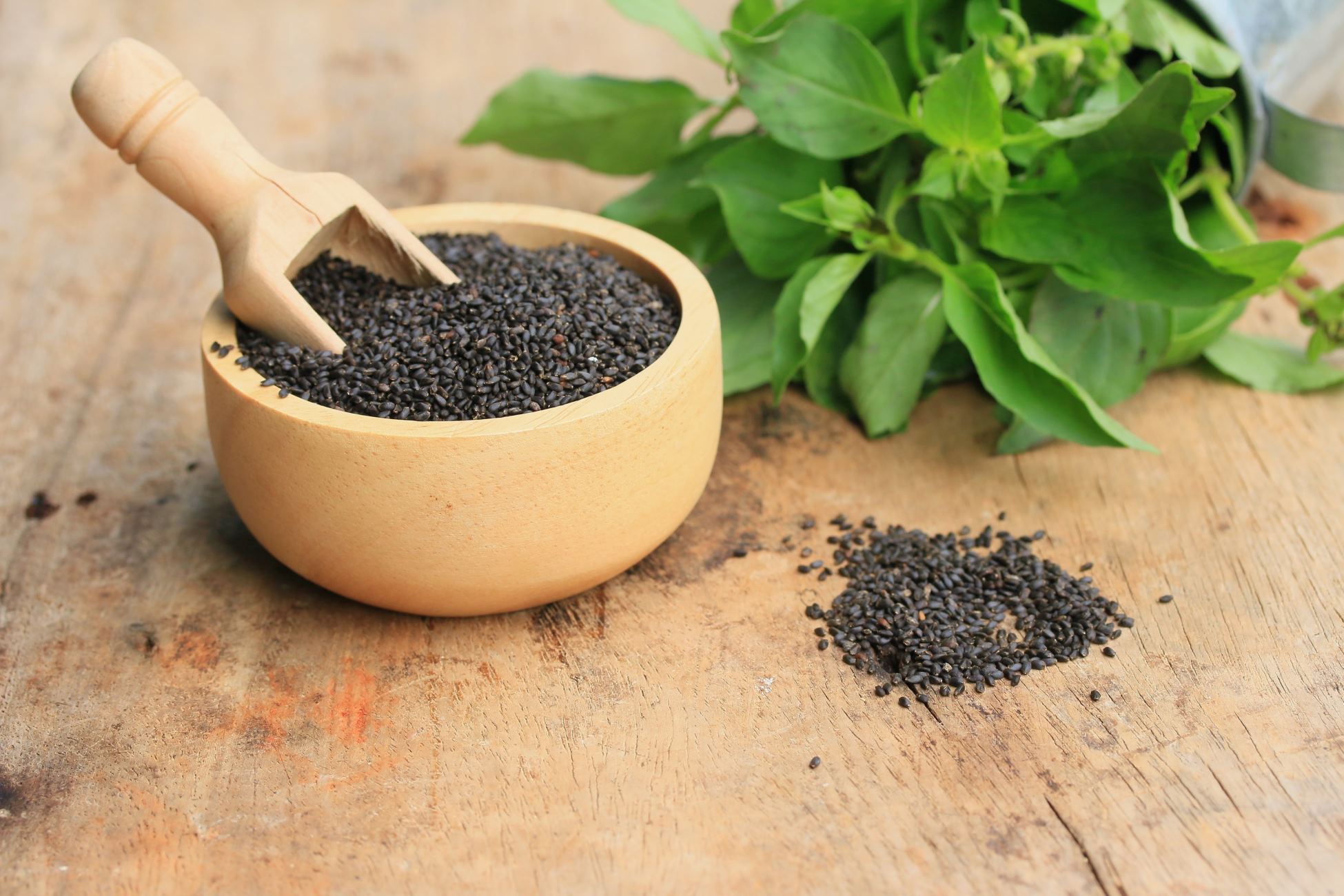
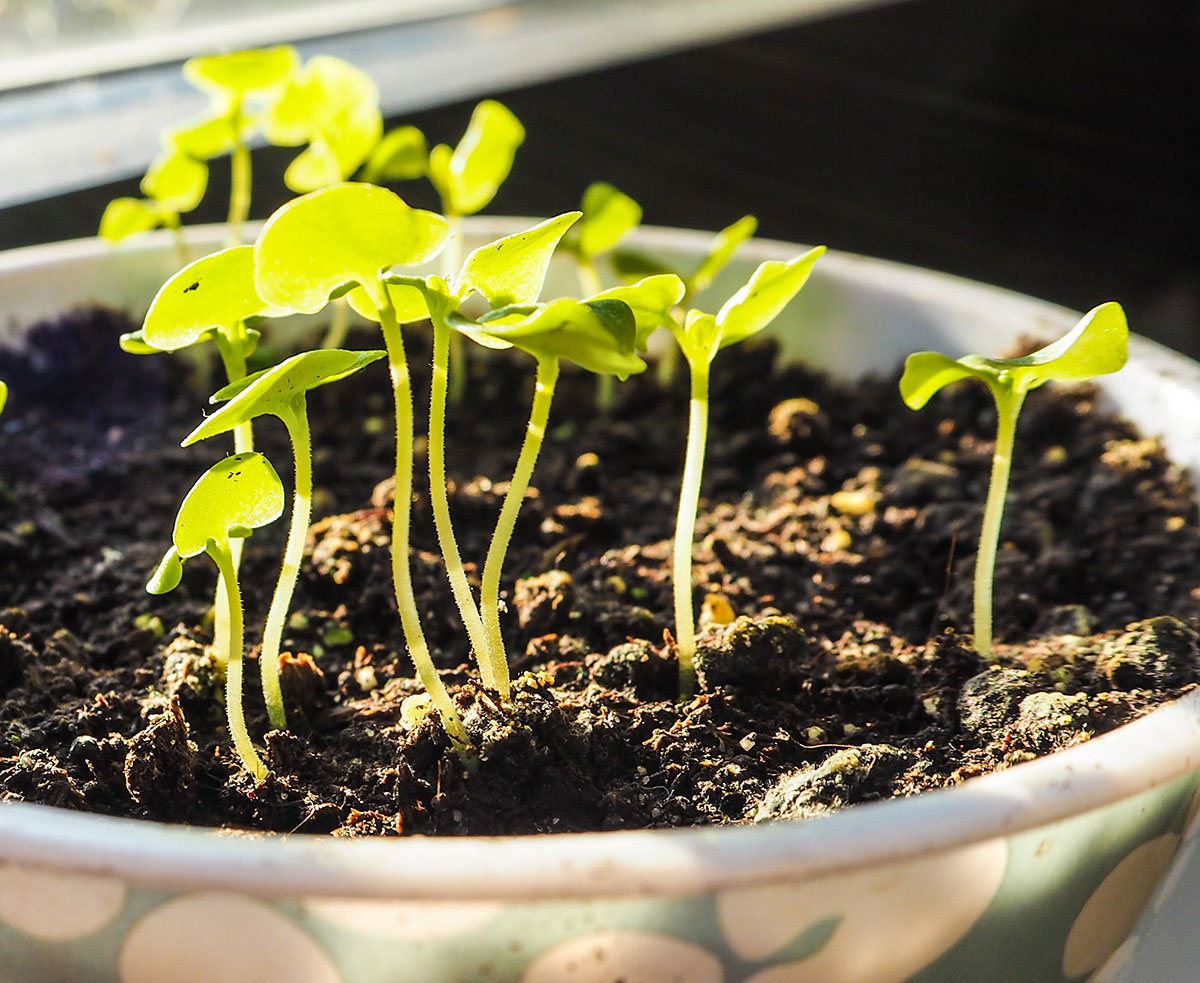
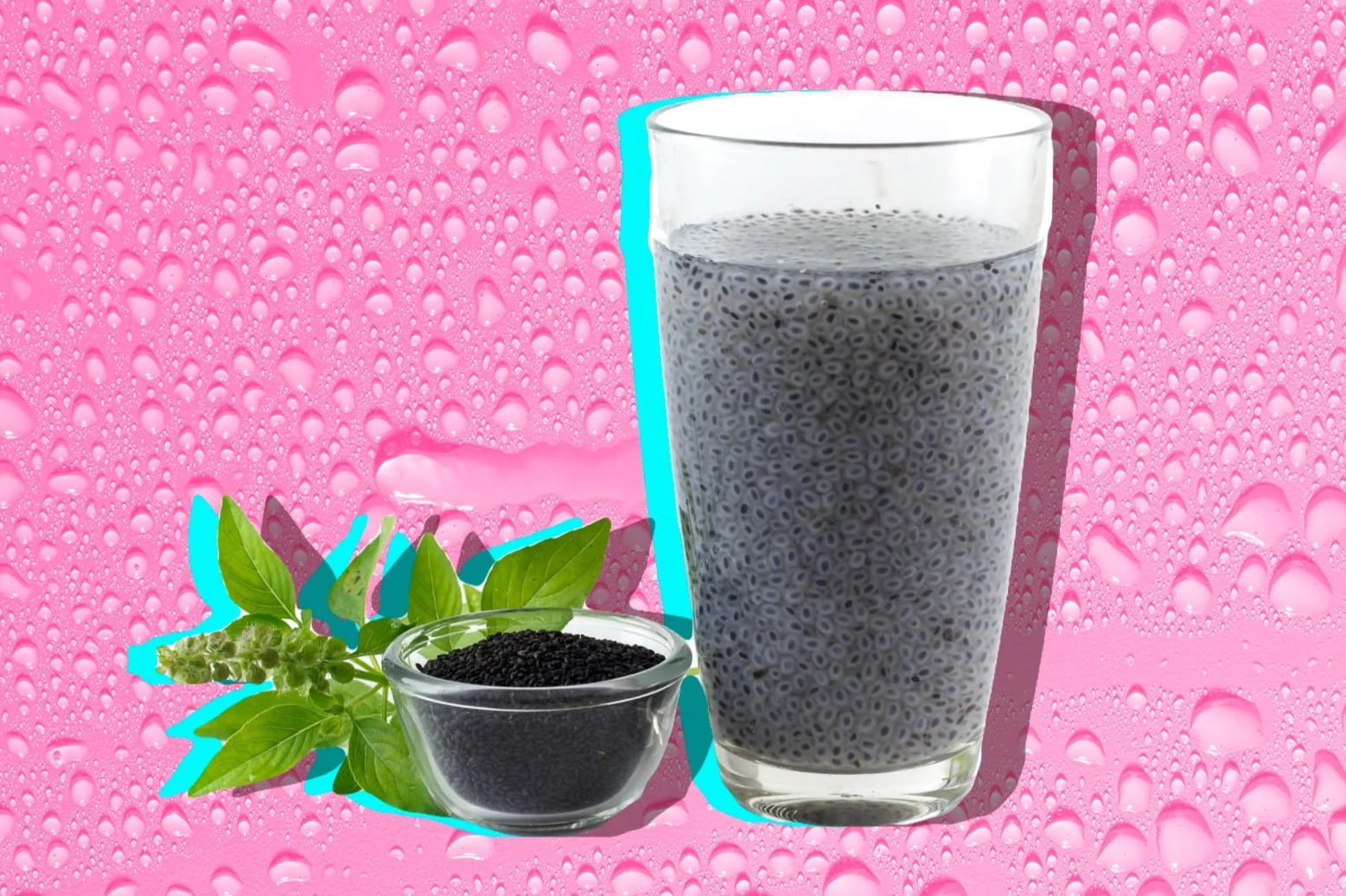
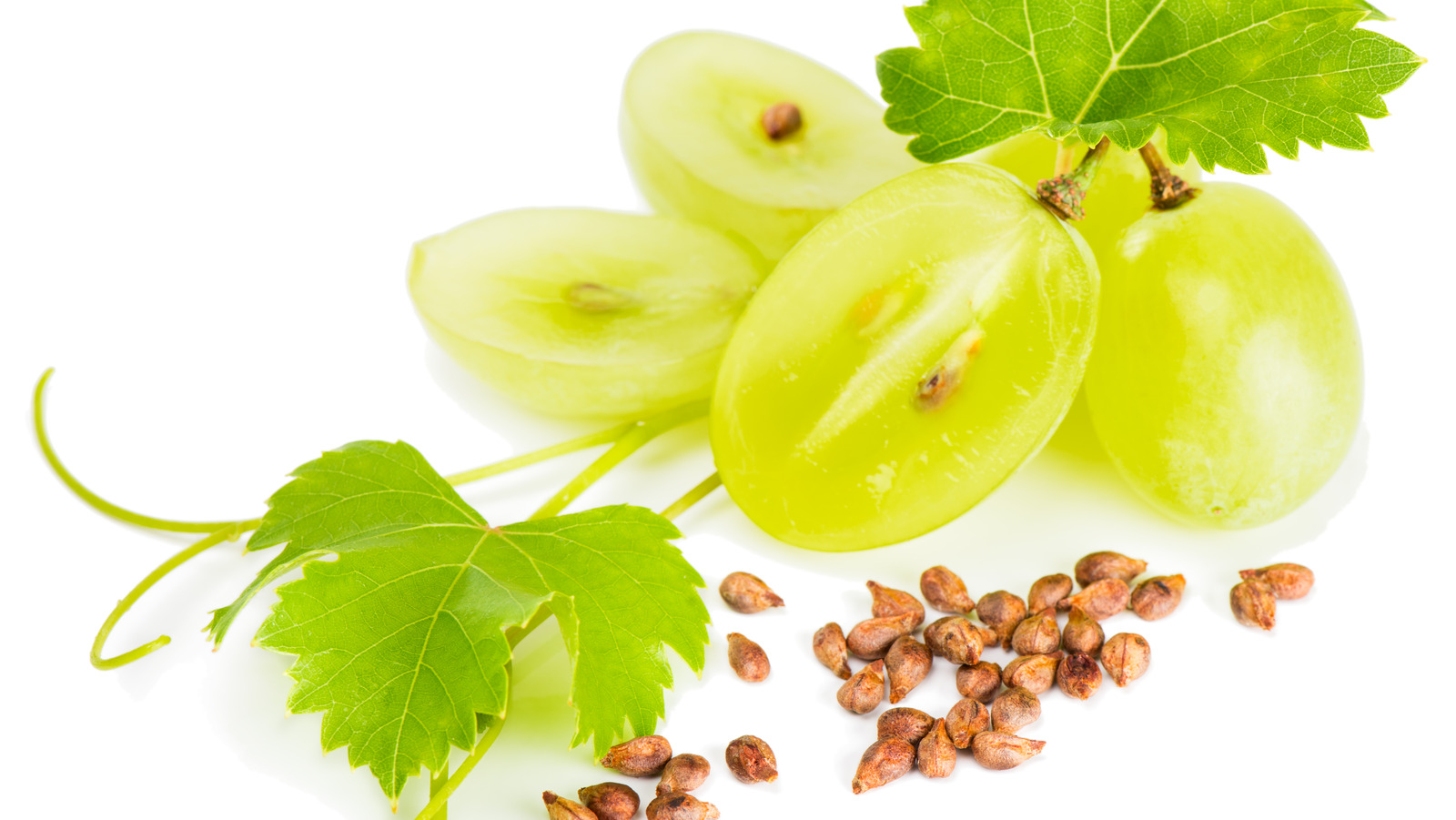
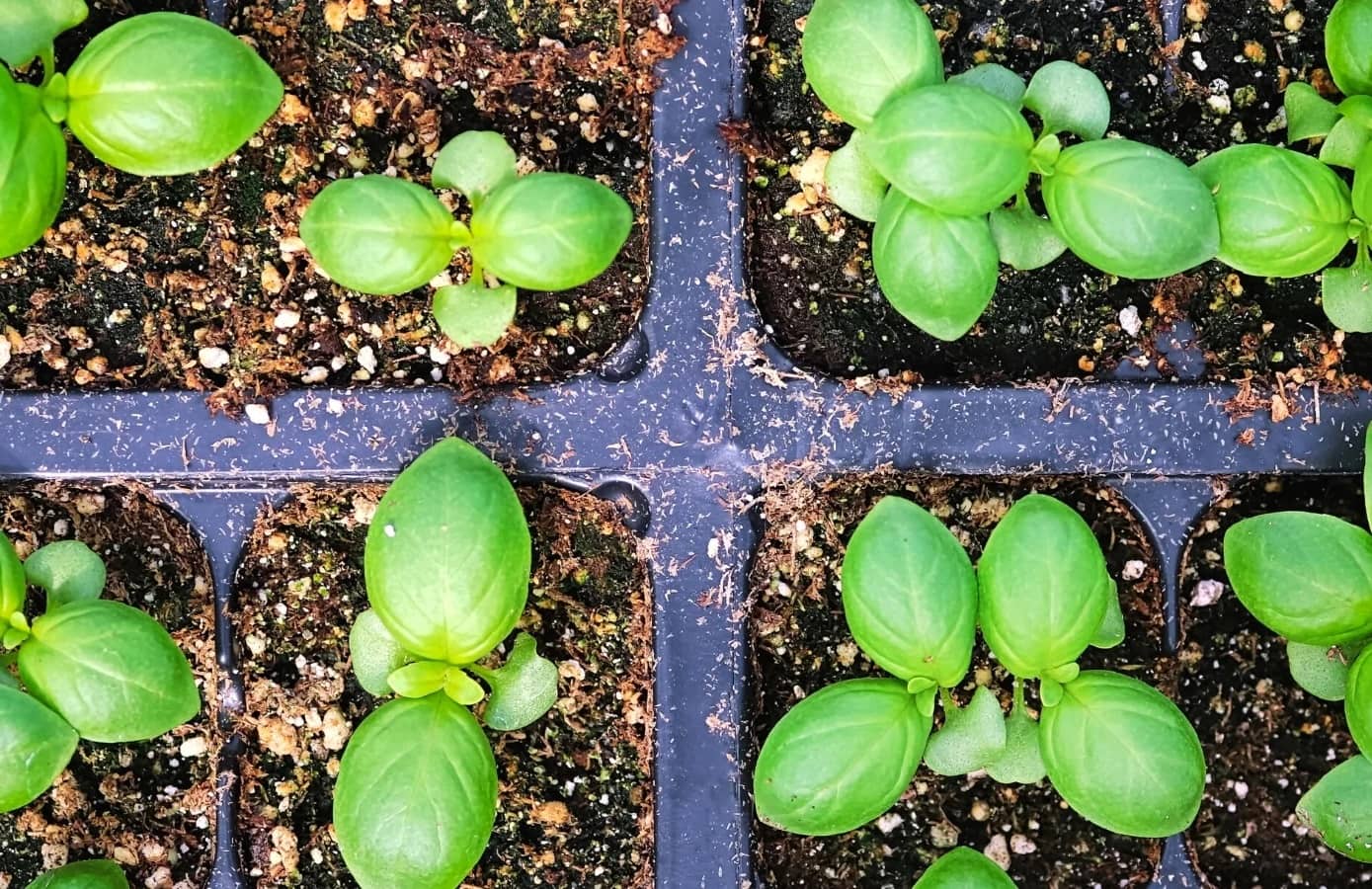
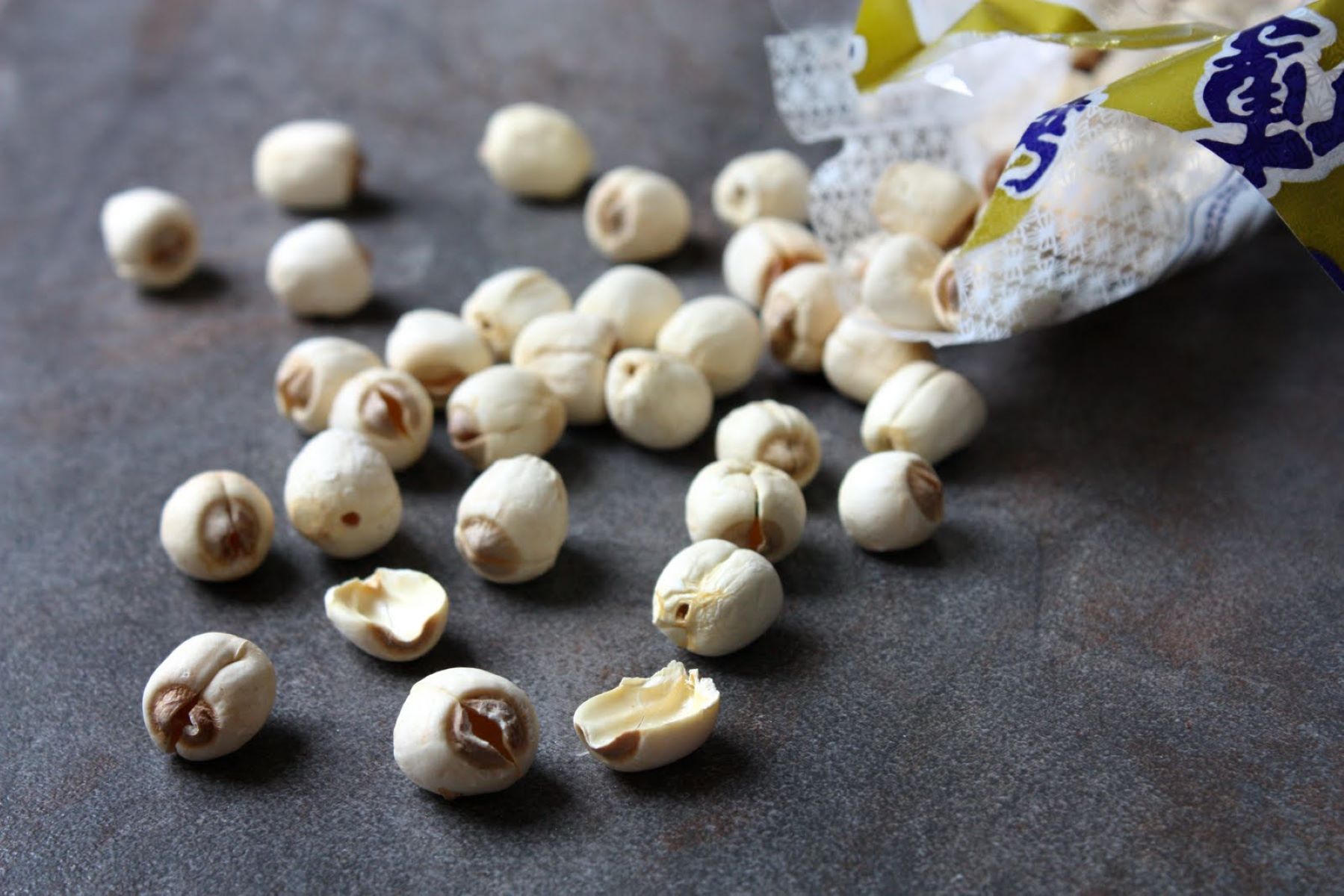
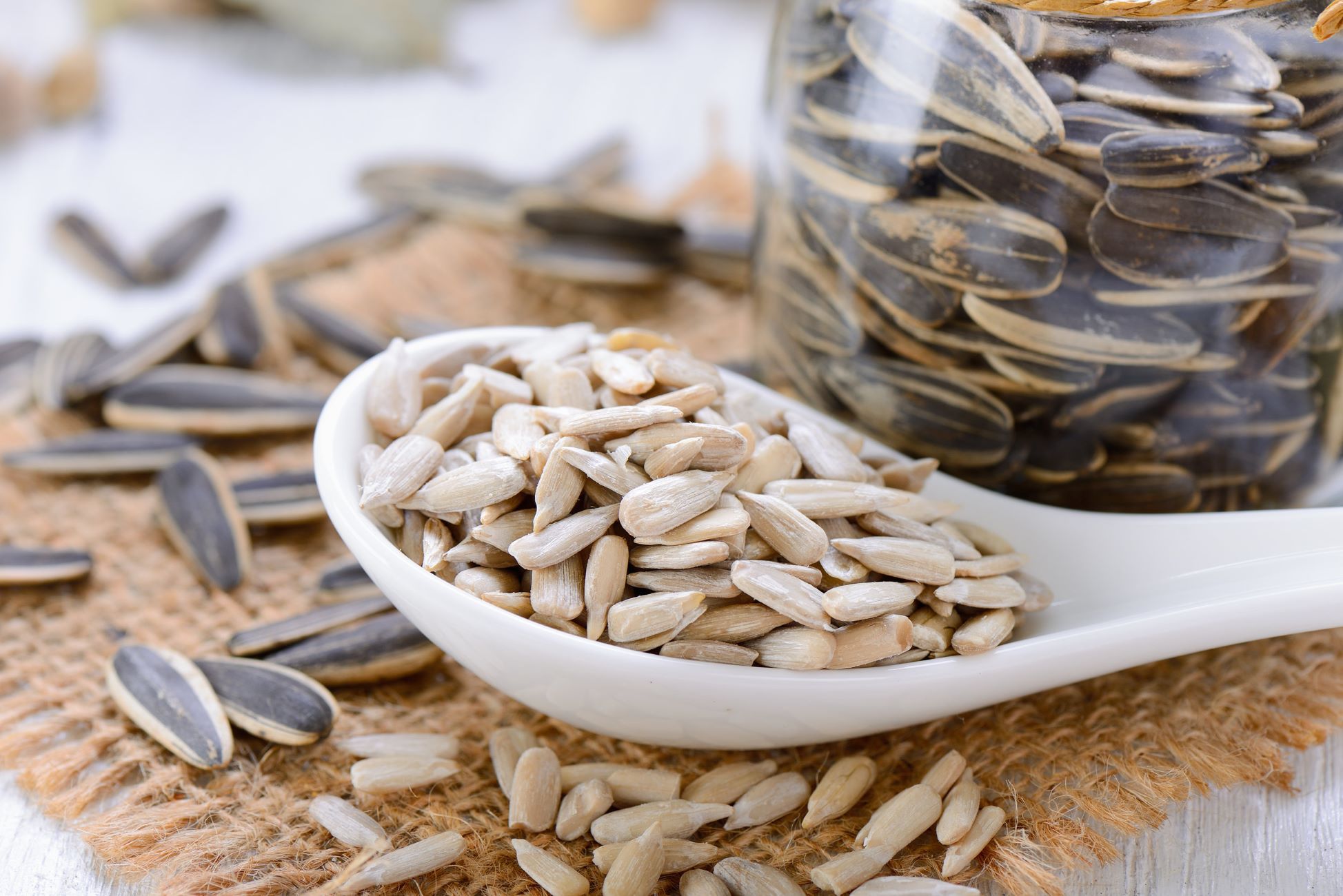
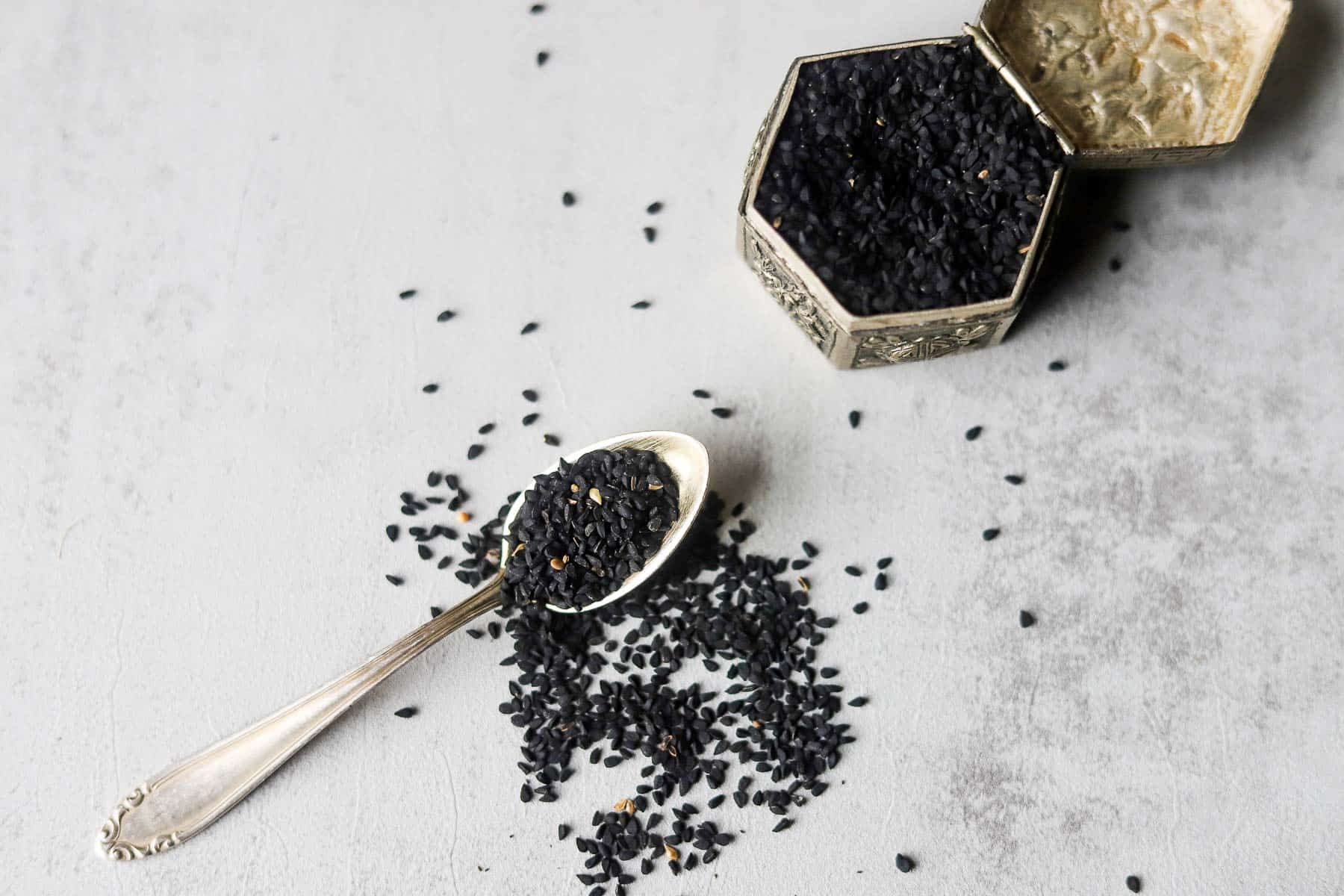
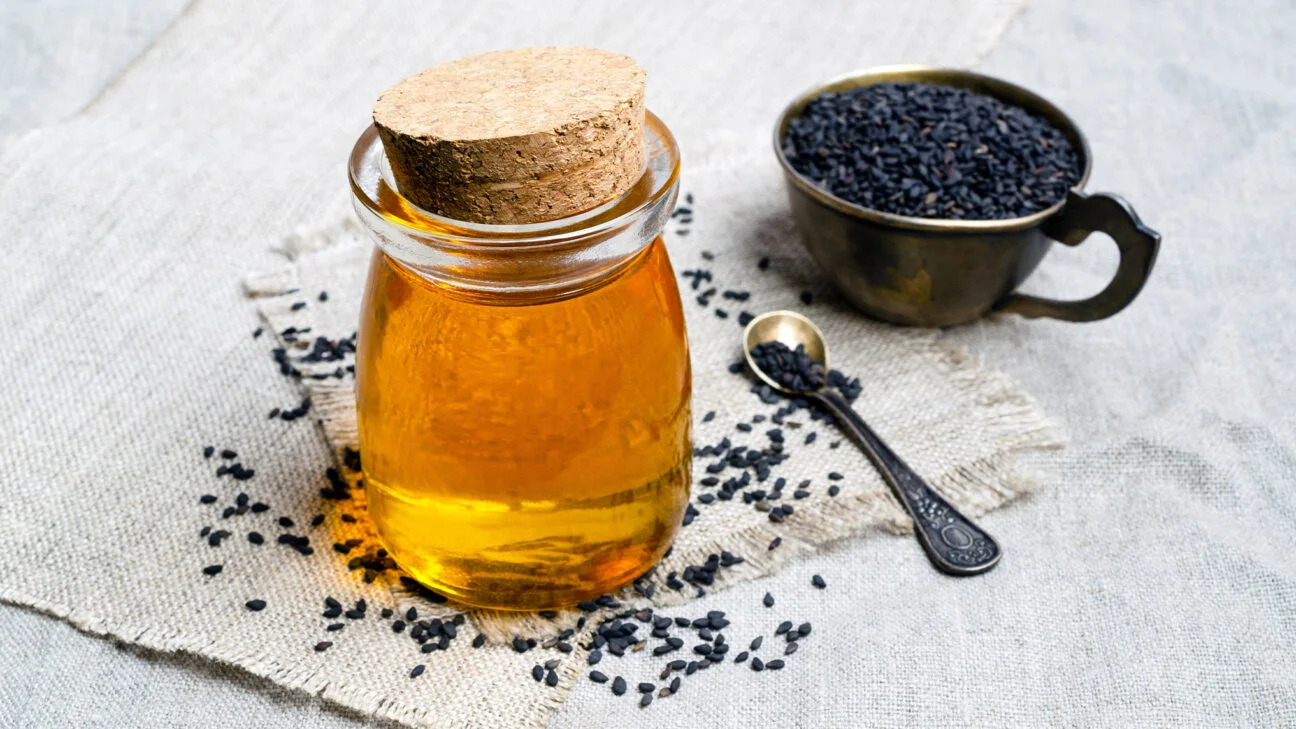
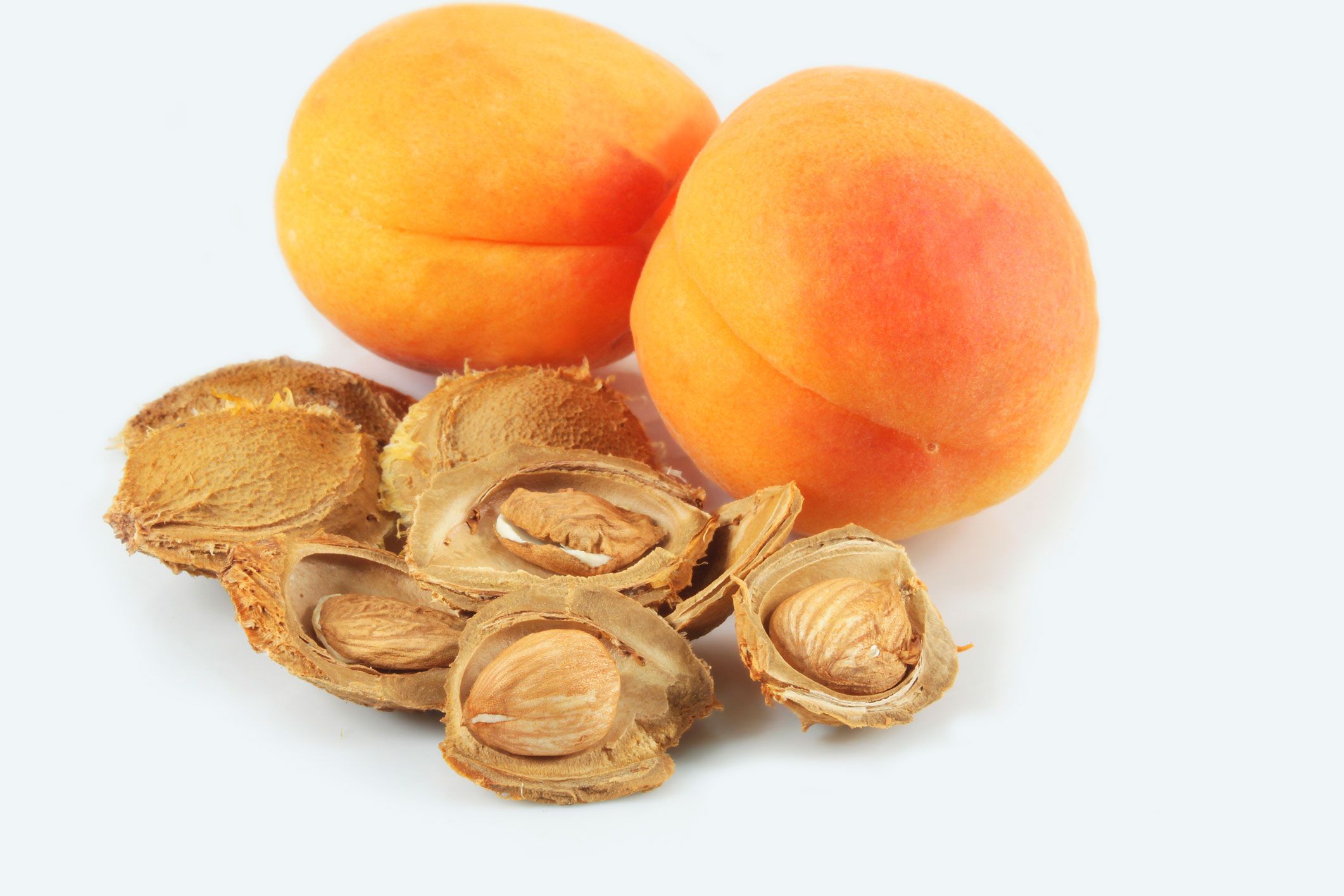

0 thoughts on “How To Eat Basil Seeds”